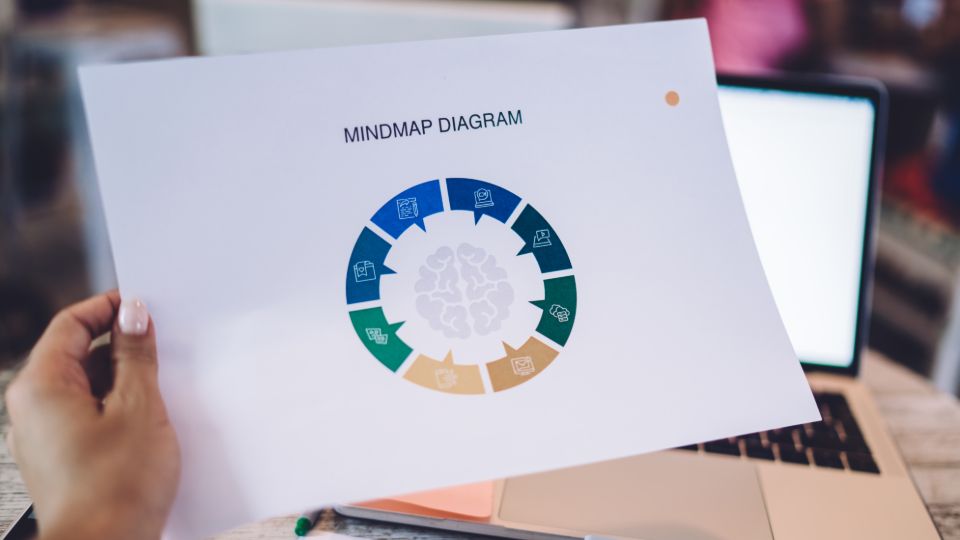How Do You Generate a Mind Map from Text?
Generating a mind map from text is a powerful way to visually organize information, ideas, and concepts. Mind maps help in understanding complex topics, brainstorming, and planning by providing a clear visual representation of relationships and hierarchies. Here’s a step-by-step guide on how to generate a mind map from text.
Step 1: Identify the Central Idea
Start by identifying the central idea or main topic of your text. This will be the core of your mind map and the starting point from which all other ideas will branch out. Write this central idea in the center of your page or digital mind mapping tool.
Step 2: Extract Key Concepts
Read through your text and extract key concepts, ideas, or themes that relate to the central idea. These will become the main branches of your mind map. Look for headings, subheadings, and important points that stand out in the text.
Step 3: Create Main Branches
Draw lines from the central idea to represent the main branches of your mind map. Label each branch with one of the key concepts or ideas you identified in the previous step. These branches represent the primary categories or themes related to the central idea.
Step 4: Add Sub-Branches
For each main branch, identify subtopics or supporting details from the text. These will become the sub-branches of your mind map. Draw lines from each main branch to represent these sub-branches and label them accordingly. This step helps in breaking down complex information into manageable parts.
Step 5: Include Additional Details
Add any additional details, examples, or notes to your mind map as needed. These can be represented as smaller branches or annotations connected to the relevant sub-branches. This step ensures that all relevant information from the text is captured in your mind map.
Step 6: Use Colors and Images
Enhance your mind map by using colors, images, or icons to differentiate between branches and highlight important information. Visual elements can make your mind map more engaging and easier to understand.
Step 7: Review and Refine
Review your mind map to ensure that it accurately represents the information from the text. Make any necessary adjustments to improve clarity and organization. This step ensures that your mind map is a useful tool for understanding and recalling the information.
Tools for Creating Mind Maps
There are several digital tools available that can help you create mind maps easily, such as:
- MindMeister: An online mind mapping tool that offers collaboration features and a user-friendly interface.
- XMind: A versatile mind mapping software with a range of templates and customization options.
- Coggle: A web-based tool that allows for real-time collaboration and easy sharing of mind maps.
Why Choose Vabro for Mind Mapping?
While there are many tools available for mind mapping, Vabro offers a comprehensive platform that integrates mind mapping with project management and collaboration features. With Vabro, teams can create mind maps to brainstorm ideas, plan projects, and visualize complex information, all within a single intuitive interface. Vabro’s commitment to innovation and user experience ensures that teams can manage their projects and ideas more effectively and efficiently. By choosing Vabro, you’re not just selecting a mind mapping tool; you’re investing in a solution that will drive your organization’s success.
In conclusion, generating a mind map from text involves identifying key concepts, creating branches, and organizing information visually. By following these steps and using the right tools, you can create effective mind maps that enhance understanding and communication. Choose Vabro to elevate your mind mapping and project management capabilities.
